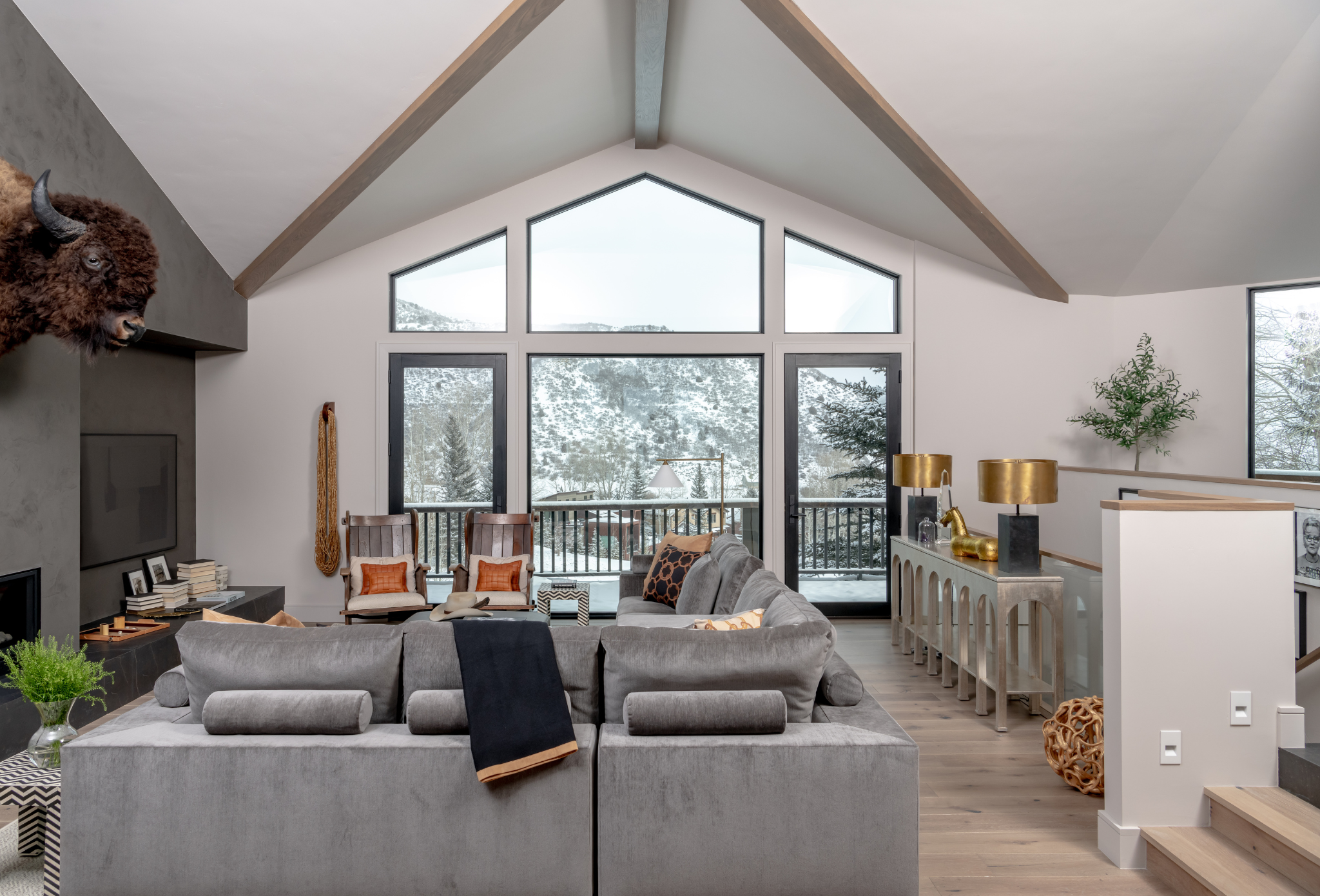Whether a vacation house or a primary residence, planning a whole home remodel can be complicated, time-consuming and a bit overwhelming. Thankfully, there are ways to mitigate the stress of a whole house remodel. Consider working with a firm that specializes in residential renovations and tackling the entire project at once. In doing so, you can ensure minimal disruption while achieving continuity throughout the design. We acknowledge that every homeowner does not have the budget to take on a whole house remodel all at once. Some homeowners choose to remodel one room at a time. If you undertake a whole house remodel on your own, the process will differ significantly from that of a project managed by designers. In this post, we explain how a typical whole house renovation goes when working with a design team. Of course, we underscore the importance of seeking expert advice. We also outline what a whole home remodel schedule might look like if you choose to approach the renovation process in a piecemeal fashion.
Here’s How a Typical Whole House Renovation Goes
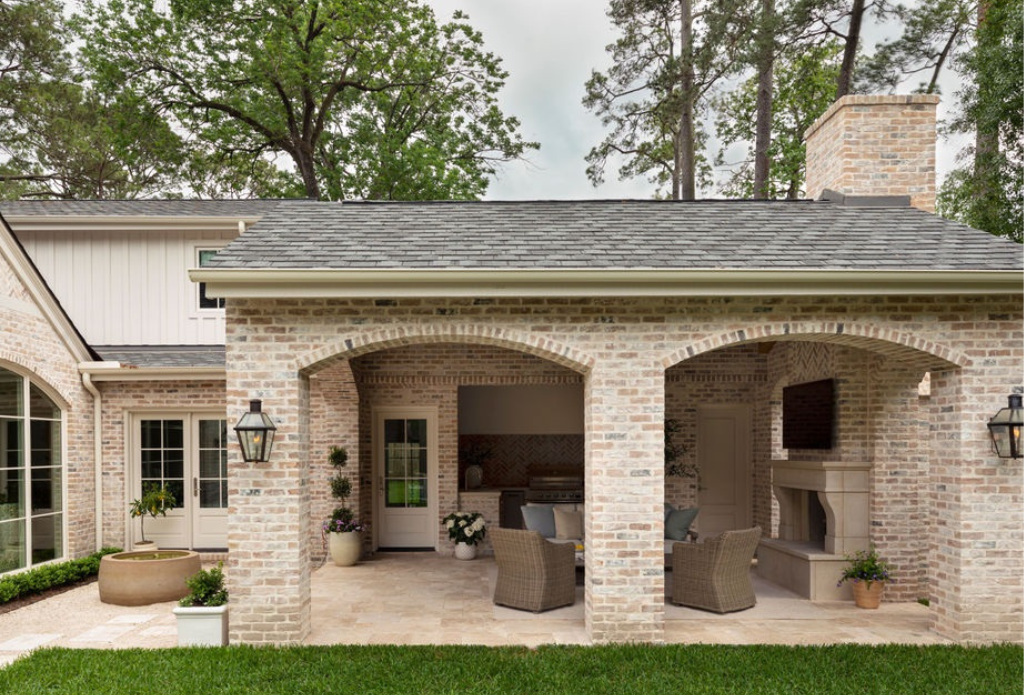
While building a new house is a very different experience from remodeling an older home, the two processes share many steps. From design and bidding to installation and the final reveal, new construction and home remodeling have a lot in common. Here’s how a typical whole home renovation project might go with LUDC as your design team.
Whole Home Remodel: Where to Start
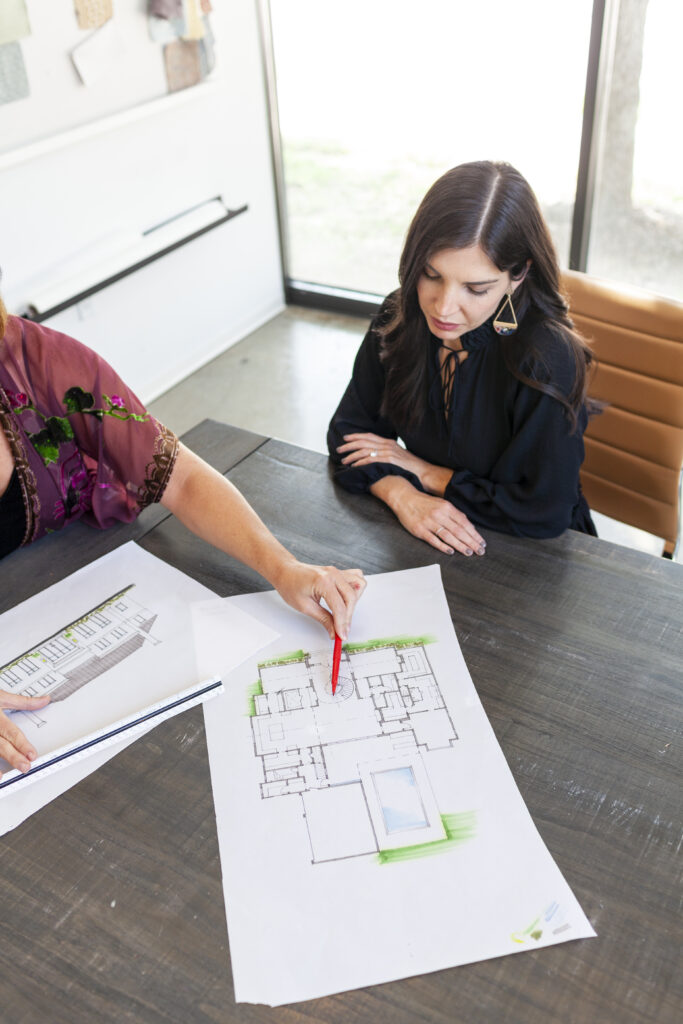
At LUDC, we take a streamlined approach to whole house remodeling. Our team has extensive experience in residential renovations and interior design, meaning that we can handle the entire process from top to bottom. We manage much of the process in-house, but we also work with external partners — i.e. architects, builders, contractors and subcontractors — when necessary.
Pre-construction Phases
The whole home remodel process begins like any other project: with a consultation that determines your goals for your refreshed living space. We get to know your family’s lifestyle and identify your hopes for the future, so we can plan ahead when designing the space.
Our designers like to ask clients to “walk us through” a day in their lives. This way, we can understand what makes a house home to them. After all, we do this for the love of home!
Next, our team helps you set a budget, estimates a timeline and sets a rough whole home remodel schedule. After determining the scope of your project, we assemble a multi-disciplinary team who will manage your entire home remodel.
Around this time, we also make a few site visits and commission site evaluations and feasibility studies to ensure the project is possible. The design phase quickly follows, in which we hone and refine the home’s new layout, look and feel.
Construction and Implementation Phases
As we prepare to enter the construction phase, we seek out the perfect partners for your project. We work alongside landscape architects, builders, electricians and other experts. In doing so, we ensure your home is not only stunning and perfectly suited to your lifestyle, but also safe and up to code.
Our team manages any subcontractors and external partners, so you don’t have to. We handle procurement, furnishings installation and much more. The process will be a very different experience if you choose to act as your own general contractor.
Steps to Planning a Whole House Remodel
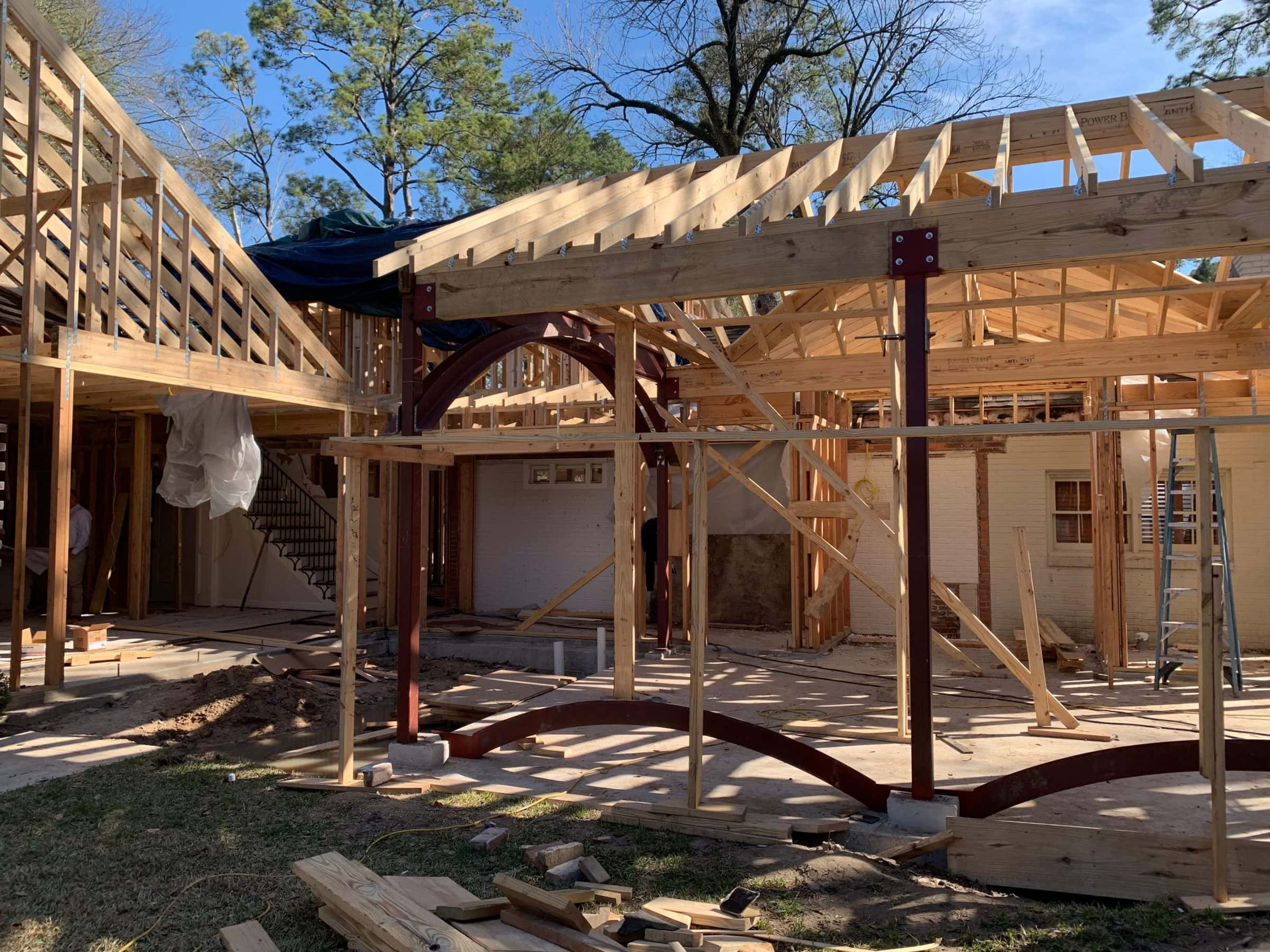
Every whole house remodel is a bit different from the next. After all, each property has a unique history and every homeowner has unique taste. The challenges presented by one whole home remodel might not exist in another whole home remodel. Still, it is important to prepare for the unexpected. If you work with a designer on your entire house remodel, many of the following steps will be guided or completely managed by them.
Identify Your Goals for the Project
The first step to starting a whole house remodel is to identify your goals for the project. Most homeowners already have an ideal of what they want to achieve in their remodeling projects. However, everyone can benefit from making a “must-have” list.
Are you hoping to increase your home’s resale value by updating the kitchen and bathrooms? Do you want to make the layout more suitable for a multigenerational family or ensure that it is ADA compliant? Would you like to add square footage to a family house with an addition? Working with a design team will help you pin down all your goals and achieve them, which brings us to Step Two.
Work with a Residential Renovation Team to Establish Scope, Timeline and Budget

When homeowners who are not trained as general contractors, architects or engineers try to DIY home improvement projects, they often make costly mistakes. A whole house remodel is a huge project with many possible snags. Going it alone means trying to solve complex problems by yourself without the connections, education or experience to address them.
Your Residential Renovation Team Will Help You Establish a Budget, Set a Timeline and Avoid Expensive Mistakes
Working with a design firm prevents you from making costly — and possibly dangerous — mistakes from which homeowners often suffer. A residential renovation firm will help you set a budget. They will figure out a timeline and tell you where to start if you’re not doing it all at once.
The team will not only guide you through the planning process. They will manage the entire renovation process for you — from that initial consultation all the way through installation. Your design team will apply for permits, schedule inspections, find the right contractors and navigate the historic planning commission if necessary. They will arrange delivery and installation of all materials, fixtures and furnishings.
Working with the same design team from start to finish ensures continuity of quality and aesthetics. At Laura U Design Collective, we have extensive experience guiding whole house remodels from Houston to Aspen and beyond. Founder and CEO Laura Umansky actually lives in a house that was the subject of an LUDC whole home remodel between 2020 and 2022.
Budget for Cost and Time Overruns
Whether you work with a design firm or undertake this remodeling project on your own, every homeowner must budget for cost and time overruns. In their article “7 Must-Follow Tips for Starting a House Renovation” for Better Homes & Gardens, Gigi Stewart and Sheryl Geerts hammer this home.
According to Stewart and Geerts, no matter how precisely you plan, “your renovation will take longer than expected.” Plus, “all homes hold secrets—in the walls, under the floors, and elsewhere…a renovation can bring those to light.” Any unexpected issues will extend the timeline and budget of your whole house remodel, so be sure to pad both by at least 20%.
Consider Energy-Saving Updates
During the design phase, homeowners should consider energy-saving updates to their windows, doors and insulation. Even the layout of your home and landscaping can minimize heat loss while helping you take advantage of passive heating and cooling. This is yet another reason to work with a seasoned residential design firm on your home renovation. Their expertise will ensure your home is well-sealed and efficient.
Design Clever Storage Solutions

No family home is complete without clever storage solutions in the family room, living room, kitchen — and practically anywhere else you can manage it. In a recent post on the LUDC blog, we note that hidden storage is the hallmark of a well-designed kid-friendly home.
For attractive yet sensible storage solutions, we recommend working with a designer who can use special architectural features to your advantage. Our team has designed an enormous day pantry with gorgeous millwork for a kitchen remodel and built-in shelves for living room remodels. We have ideated hidden storage under a staircase in an entryway remodel and so much more.
Determine Where You Will Store Any Appliances, Furniture or Building Materials You Plan to Reuse
One element homeowners planning a DIY home remodeling project often forget is to figure out where they will store pieces they plan to reuse. Of course, homeowners sometimes carry over furniture from previous houses when designing a new construction home.
However, this is far more common in a whole house remodel. If you do plan to install existing items in your remodeled home, find a safe place to store them until the time is right.
Commission a Site Evaluation Consultation & Feasibility Study
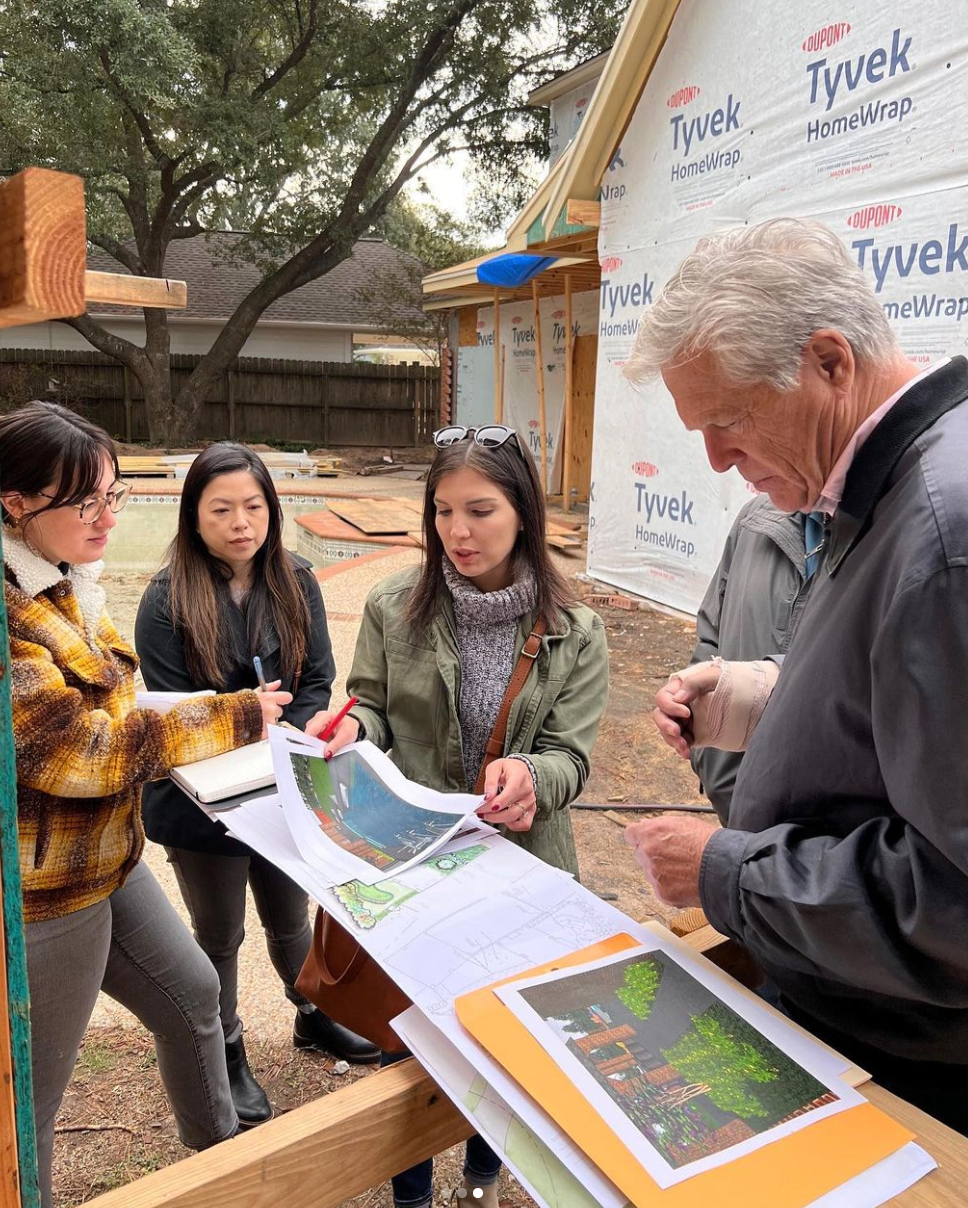
As noted above, part of the pre-construction process is commissioning a site evaluation and feasibility study to ensure your project is possible. This stage will help finalize the budget and timeline range for your project. If working with a design team, they will handle this for you. They will also interface with your local historic planning commission if needed.
Get Funding in Order for Your Whole House Remodeling Project
Now it’s time to arrange funding for your home remodeling project. Costs can range significantly from project to project depending on the scope, selections and so much more.
There are many ways to finance a home improvement project — several of which draw on the equity you currently have in your property. These include cash-out refinancing, home equity loans and home equity lines of credit. If conducting a gut remodel, a construction loan might make more sense, but rates and payback periods are often steeper.
Consult this post on the blog for help figuring out which financing option is right for you.
Budgeting Tip
We recommend working with a company that does hourly billing. You will receive an estimate up-front and will never be over-charged. Homeowners only pay for the work that actually gets done.
Alert Your Neighbors
Finally, it’s time to alert your neighbors. In some cities, you must inform your neighbors of upcoming demolition, construction and other changes to the property. There might be a public comment period in which your neighbors can voice concerns. Work with a design firm to keep the process running as smoothly as possible.
Interview or Bid the Project to Builders and Contractors
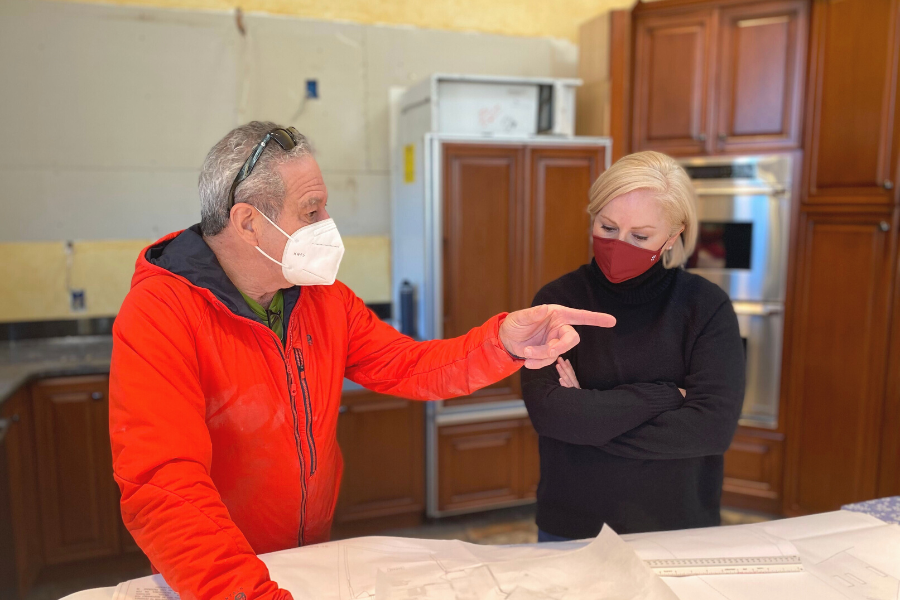
After your designer draws up all construction documents and gets the go-ahead from your local planning department, it’s time to assemble your crew. If acting as your own GC, you must interview each candidate and sift through bids on your own.
Try to Do it All at Once
We noted above that some homeowners approach their whole house remodel in a piecemeal fashion. While homeowners believe that taking their renovation one room at a time will save money, it often results in cost overruns.
As Laura Fenton writes in an article for House Beautiful, “doing things all at once is way more efficient.” There is no guarantee that the same contractors and subcontractors will be available a year when you move on to the next phase.
Doing it all at once means “less disruption to your life” and consistency in the quality of your whole house remodel.
Start With Major Structural, Electrical and Plumbing Repairs or Alterations
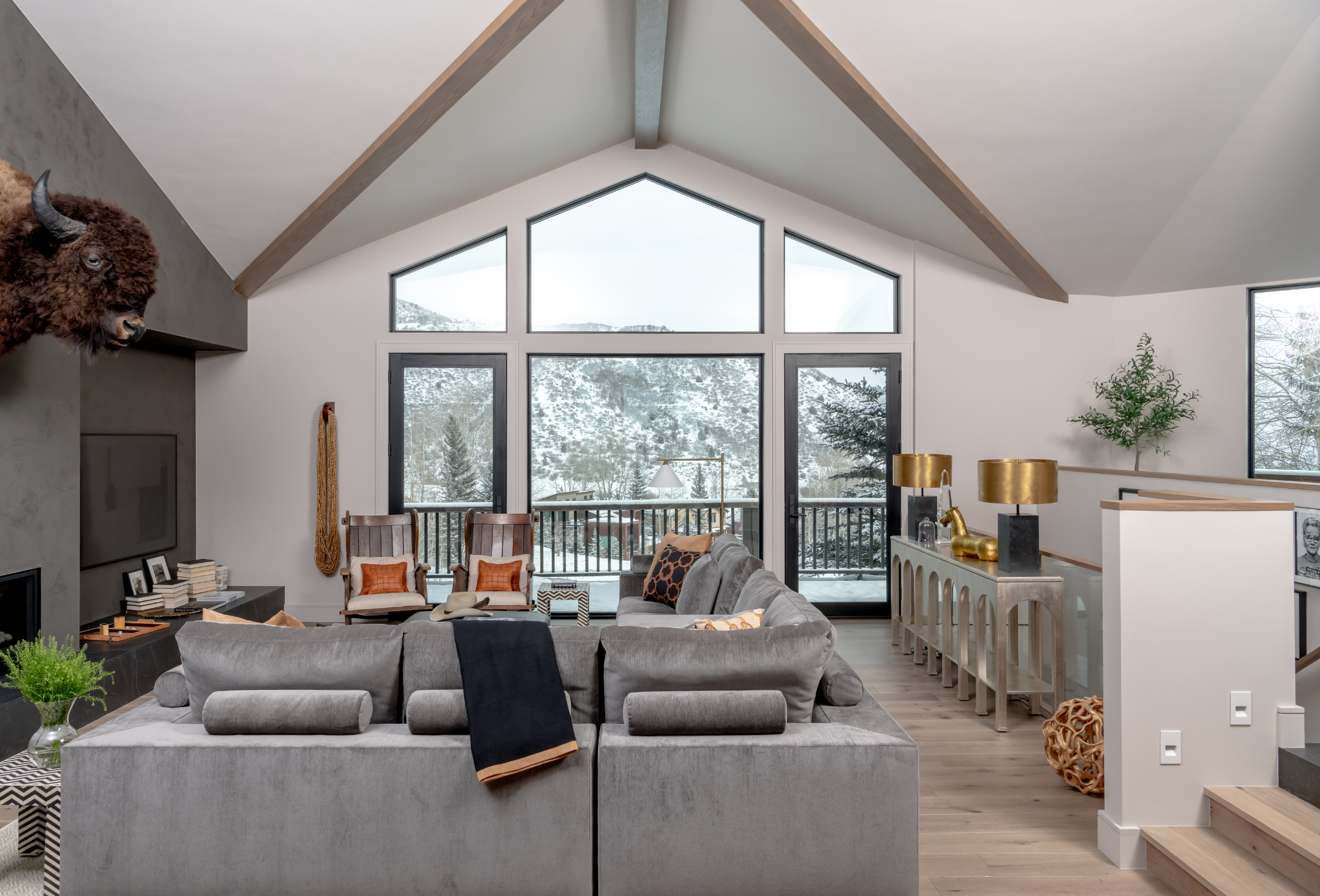
As you enter the construction phase of your project, we recommend starting with major structural, electrical and plumbing repairs or updates. Homeowners should be prepared to run into issues they didn’t initially anticipate. This is especially common if you have an older home that has been owned by several families over the last few decades.
Chances are, someone fancied themselves a handyman or GC and made possibly unpermitted alterations on their own. Your design team will ensure the house is structurally sound and fully in-line with current building codes before moving onto the next phase.
Figure Out Where You Will Live During Disruptive Phases of Your Home Remodel
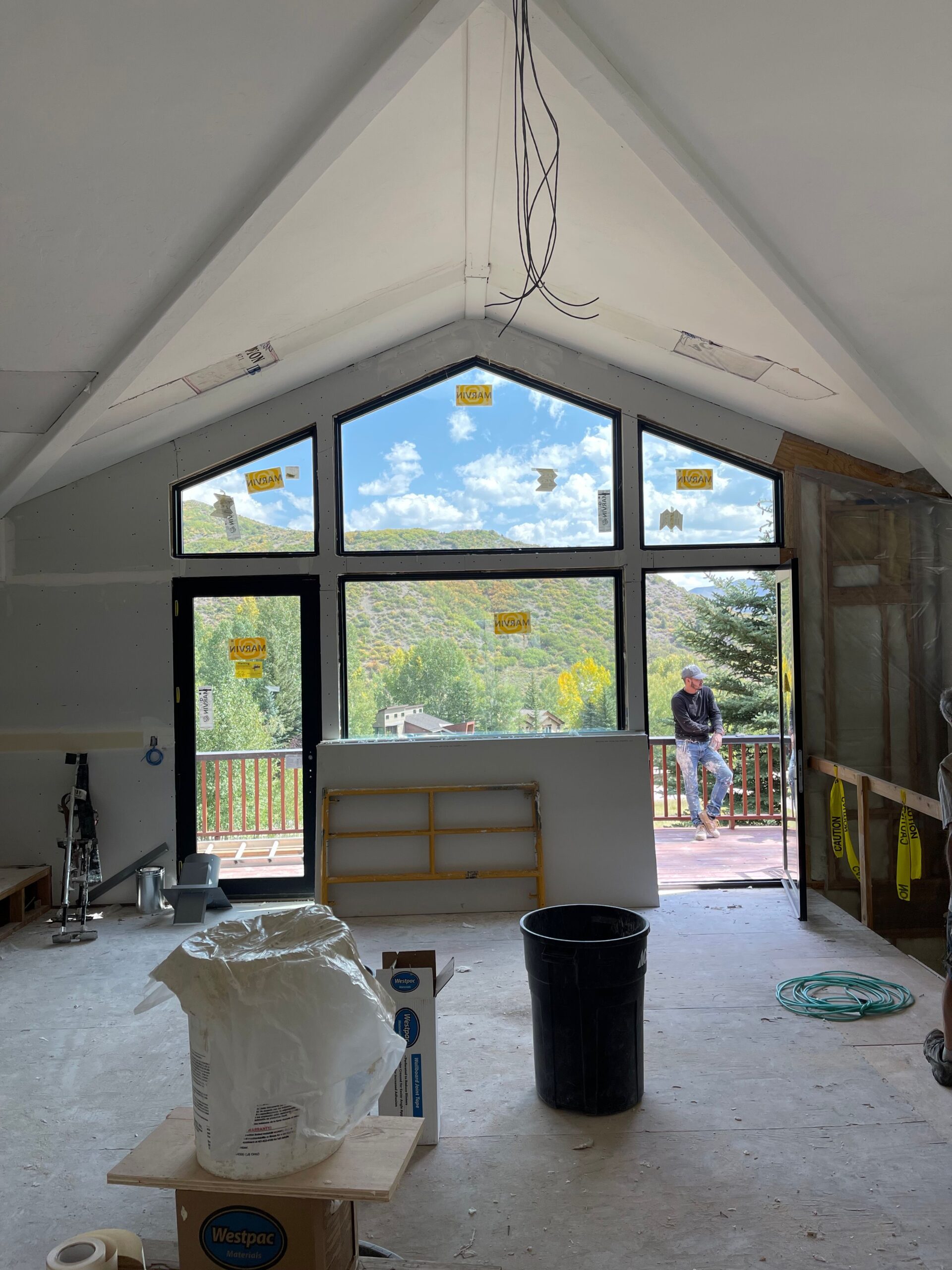
If it is not purely cosmetic, your remodel will probably involve demolition and construction. Such activities could make your home uninhabitable for days, weeks or even months. If approaching the project in a piecemeal fashion, this might be a book-end type of situation.
You might have to move out temporarily during demolition and repairs and then again during kitchen and living space remodels. If possible, group major projects together, so you only have to move out once.
Take Care to Preserve Historic Elements

If your home boasts historic elements, take special care to preserve these pieces. Consult a designer with historic home renovation experience to ensure the scope of your project is possible. Be sure to check local, state and national designations before moving forward.
Your state probably has a historic register, and your district might also govern how historic buildings are designated and addressed. The National Register of Historic Places is a good jumping-off point, but work with an expert if you remain unsure. Check out our post on historic home remodeling for more information.
Remodel Your Home’s Kitchen First
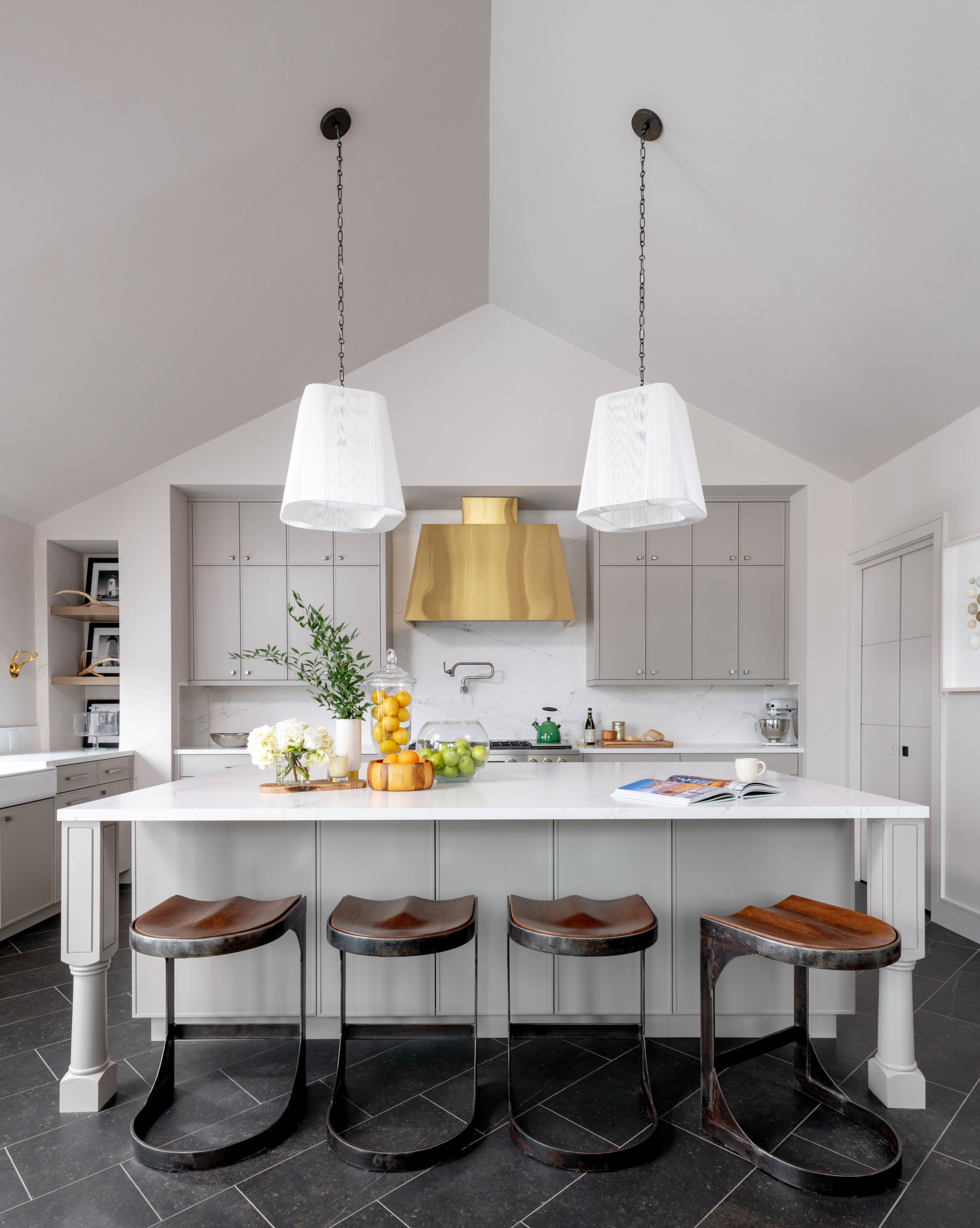
As noted above, certain phases of a whole house remodel can be disruptive. The kitchen — which is the heart of many homes — is often complex, time-consuming and very disruptive to remodel. Start with the kitchen, so you maintain the livability and functionality of your home for most of the project.
Leave Cosmetic Changes Until the Final Phases

When remodeling your whole house, it makes sense to start with major issues and leave cosmetic changes until the final phases. As Lauren Wellbank writes in an article for MarthaStewart.com, it’s best to “get the more intense projects out of the way.” Doing this before you “move onto the cosmetic changes” creates the biggest impact and ensures a seamless process.
Don’t Discount the Changing Seasons

As with any major remodeling project, there might be delays due to seasonal weather, natural disasters and other disruptions. We ran into a whole slew of issues when bad weather blocked the highway on installation day at the Mountain Lane Show House. Be prepared for seasonal changes that might put your project on pause.
Ready to Start on Your Whole House Remodel?
Learn what to expect before working with a design team on your next renovation project. Ready to remodel? Contact our team today!


